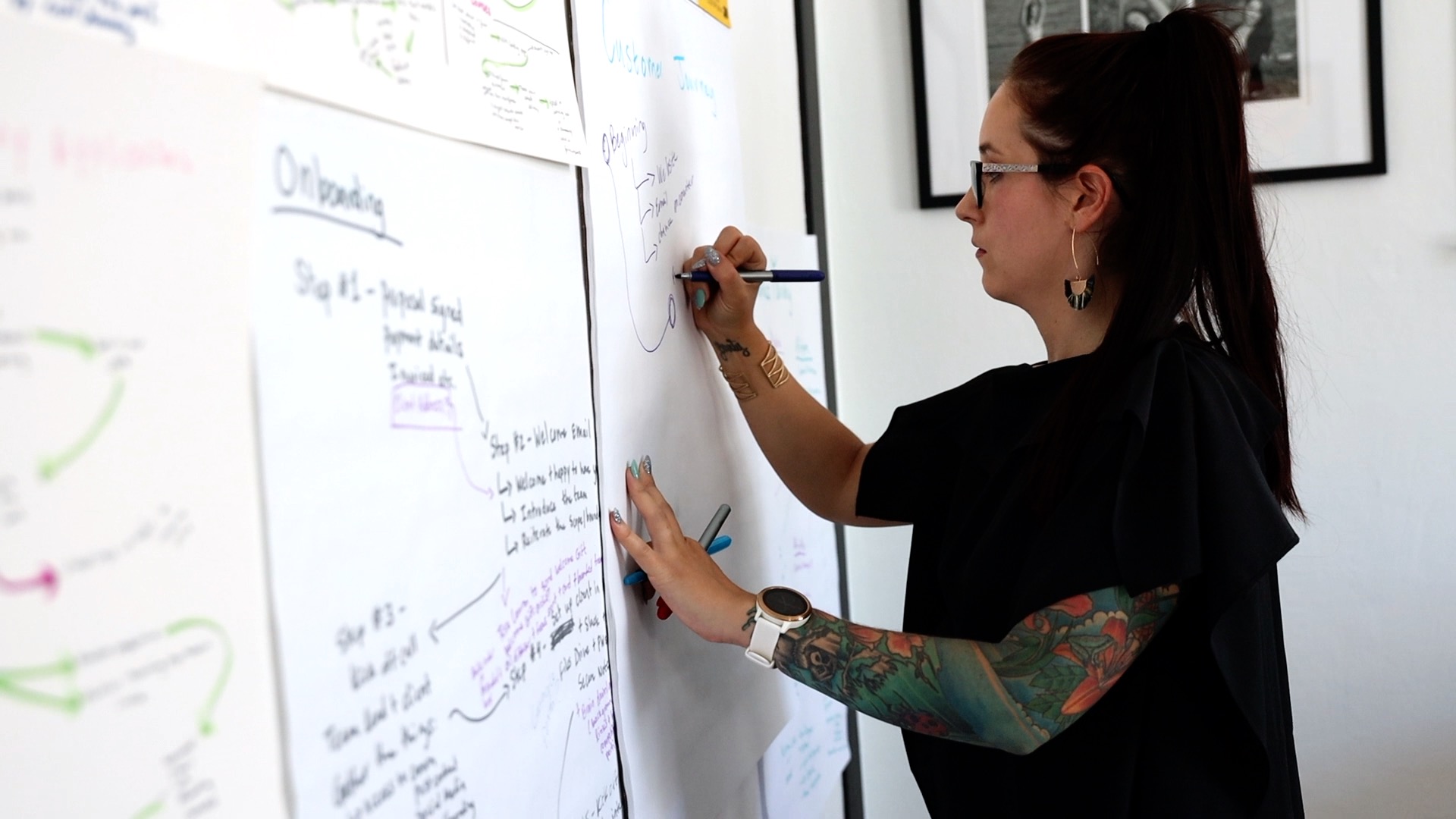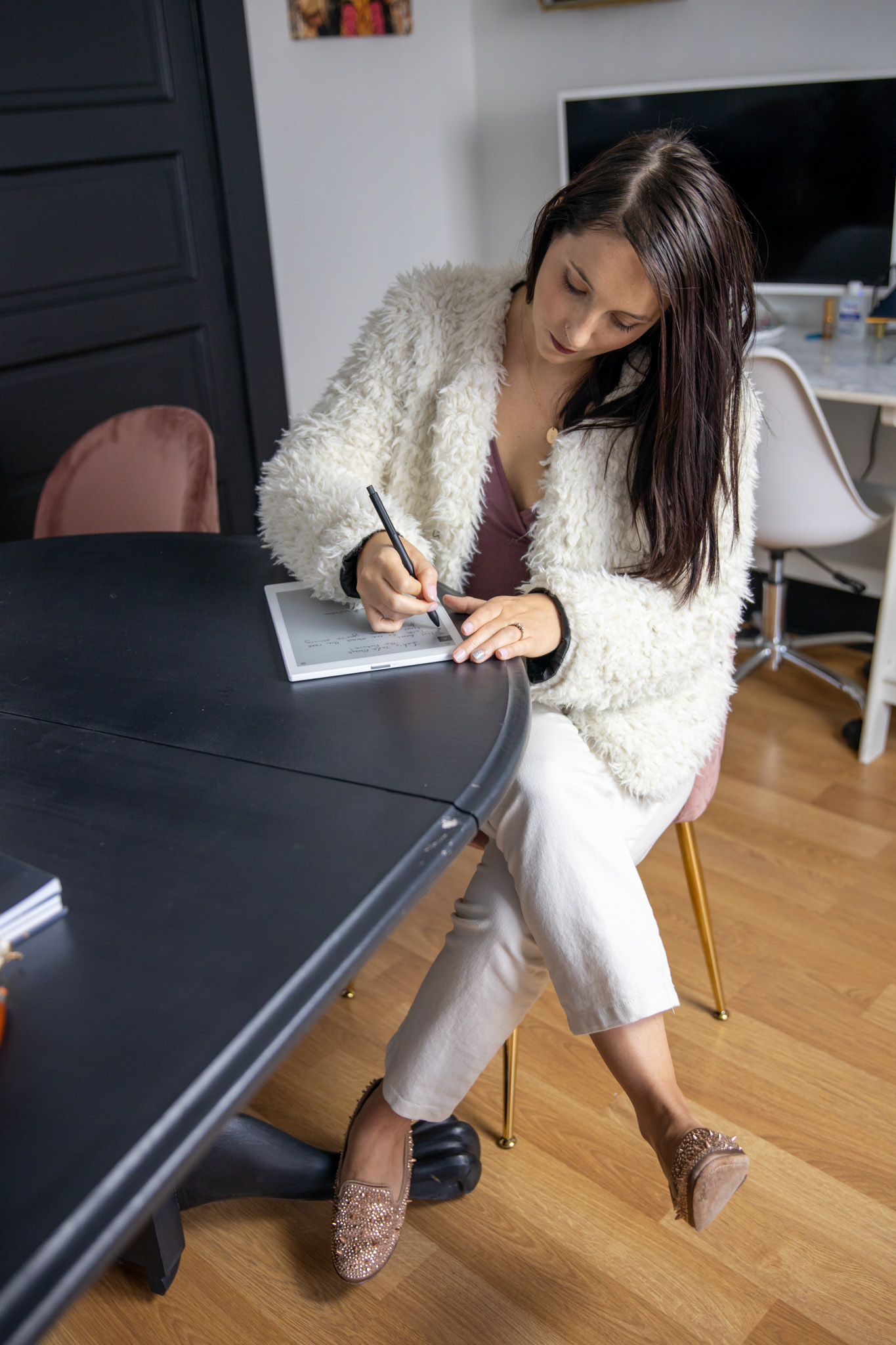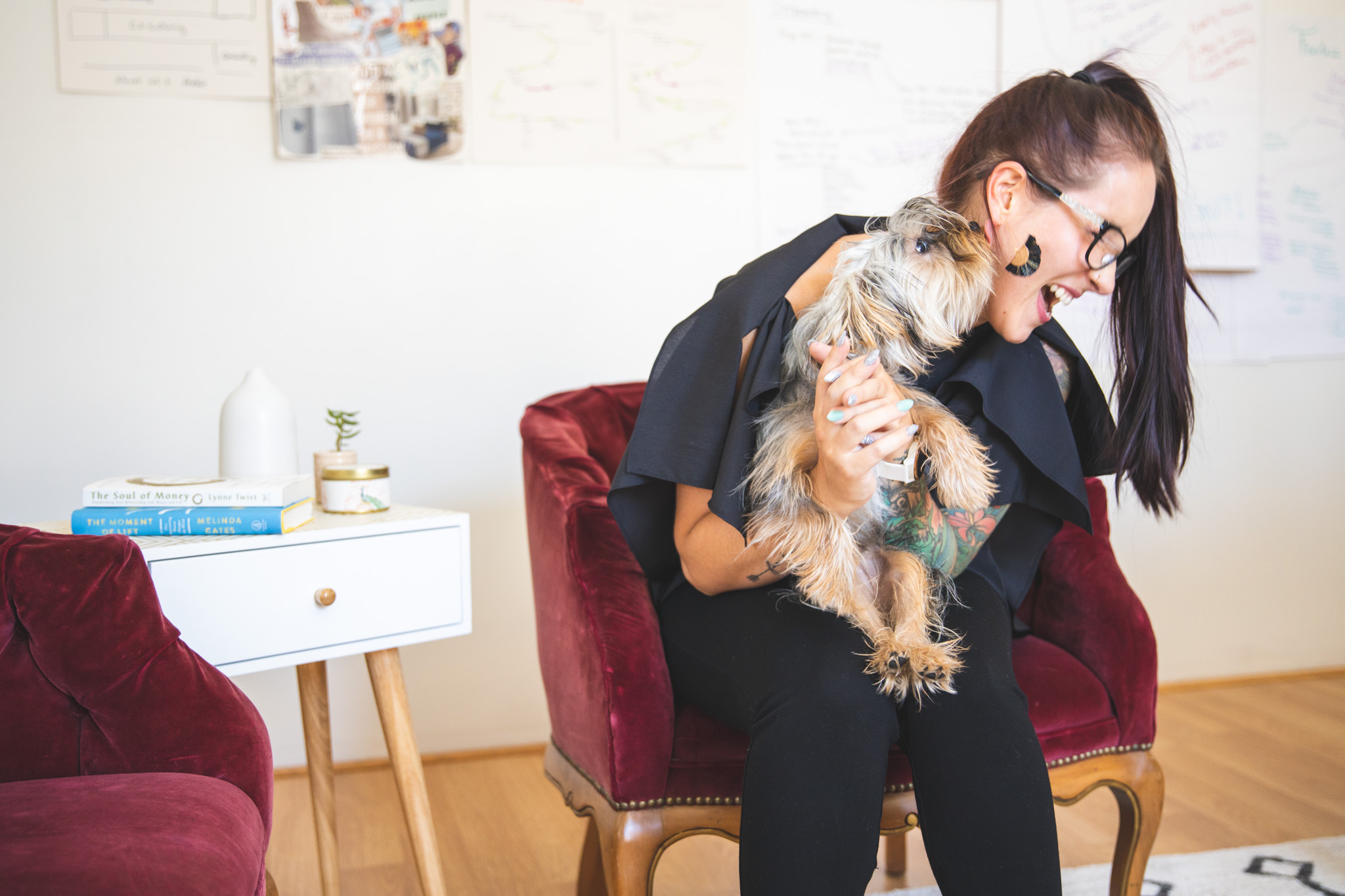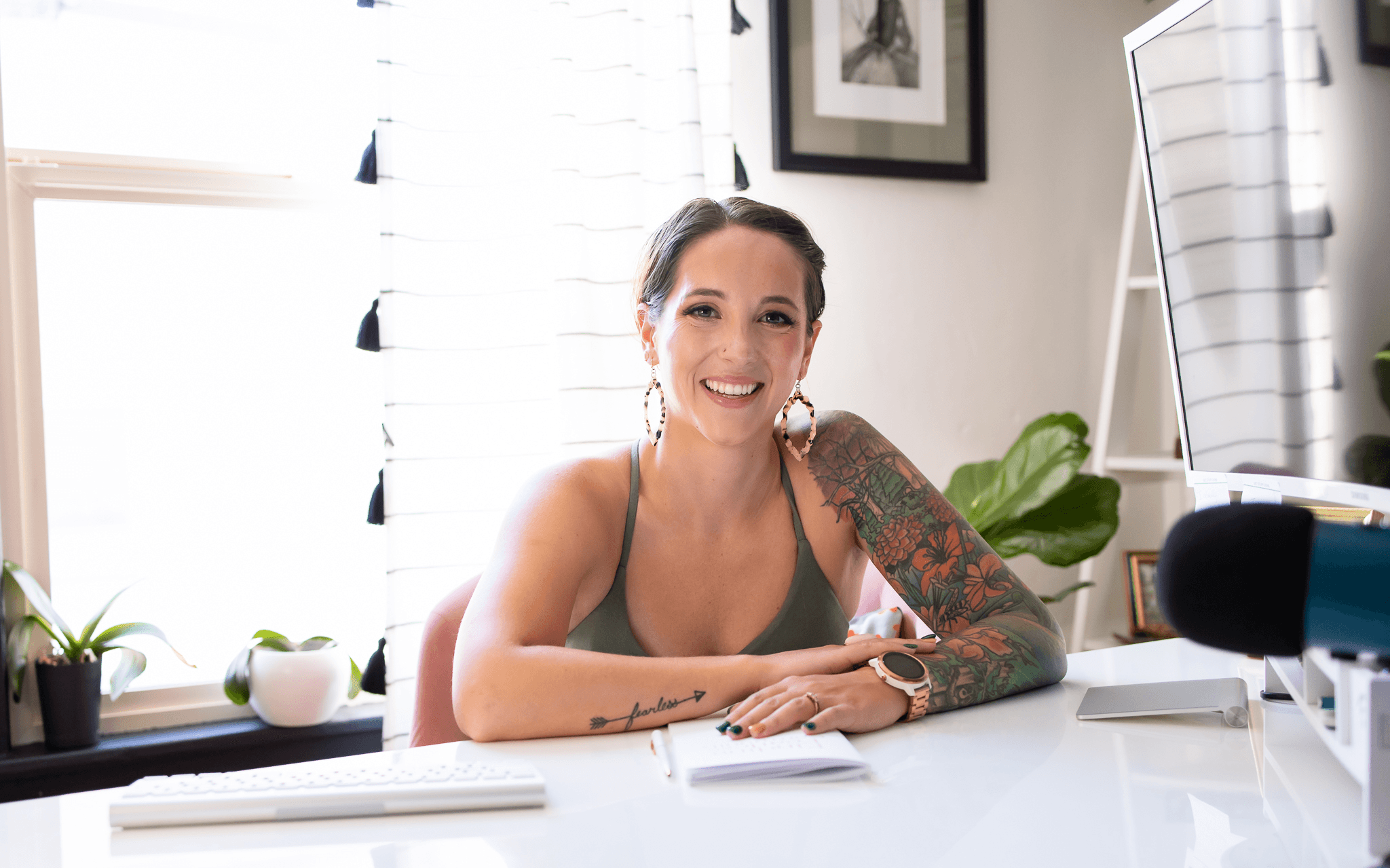Alright – so today we’ve got the honor of introducing you to Madeline Reeves. We think you’ll enjoy our conversation, we’ve shared it below.
Madeline, appreciate you joining us today. Talk to us about building your team? What was it like? What were some of the key challenges and what was your process like?
For my first year in business, I was a team of 1 that grew to a team of 1.5 with the addition of a skilled assistant. For me, that first hire felt the hardest because at that point in time, I felt like I had to “do it all”. But the first month I had an assistant, and was able to have her take the lead with administrative tasks and things like scheduling, which wasn’t my strong suit, I made $10k for the first time in a month, and continued to going forward. The experience helped me see how vital it can be to hire someone, even if it’s just part-time to free you up to focus on what you’re best at and the work that aligns with your highest worth.
Over the following 3 years, I scaled my team to 12 full-time team members, and allow the way learned a lot of key lessons around hiring and scaling a team. Most unique and critical to our process was that I let my team lead with the decisions on who to hire, and only if the candidates had passed interview rounds with the team, did they get a final interview with me. In my opinion, the team would be working a lot more directly than I would with almost anyone we hired, and I felt that they had a strong pulse on the culture of our organization and did a strong job of weeding people out that would have negatively impacted the culture.
If I were restarting and scaling my team from the ground up, I would focus more on a piece of the hiring process we’ve implemented more recently, to include a test project as part of our application. These test projects are custom-created around each role we hire for and actually give us a chance to see how someone moves through the tasks that would be associated with their role, and to what degree of effort or ability they have before hiring them. As a leader, I know that I don’t need candidates that know how to do everything out the gate, but I do need people who are doers and critical thinkers, and test projects allow my team to screen for whether or not candidates have those key qualities

Awesome – so before we get into the rest of our questions, can you briefly introduce yourself to our readers.
I am the founder & CEO of Fearless Foundry, a creative consultancy that specializes in branding, go-to-market, and business development strategies. I built this company after a decade working as a business development and marketing leader for technology companies, and hearing from far too many friends who were starting their own businesses but seeking support with scaling, particularly when it came to things like their brands, their websites, their social media, and their pricing. What started as me coaching a few friends and founders on the side grew into something I dreamed about doing full-time, so eventually I made the leap, and over the last 7 years have scaled my company to 7+ figures and created a lot of amazing work alongside my team and our clients.
At its core, our work starts with a deep level of strategy and skill, and each of our clients gets to work with a custom team of creatives that is brought together for their particular project or scope. Clients come to us for services ranging from brand strategy and identity to marketing plans, to content creation, to websites, to online community creation, to email marketing, to social media. In each of these arenas, we have team members who are experts from both the perspective of the creative production, ideation, and strategies that create meaningful results for our clients. We are a unique team of deeply skilled experts who bring a lot of heart, coaching capabilities, and experience to the work we do.
I am most proud of the diversity of projects we have cultivated over the years — from launching brands for indigenous led non-profits, to guiding mission-driven tech companies to launch their first product, to helping entrepreneurs make waves as they market their business for the first time — we have helped so many people bring their organizations to life more fulling in a manner that leads to lasting impact.

Learning and unlearning are both critical parts of growth – can you share a story of a time when you had to unlearn a lesson?
A big lesson I’ve had to learn in business is that I don’t owe people more than what we’ve agreed upon in our working relationship. That sounds cold on the surface, but for me, it came from a place of carrying too much weight for too long.
In the early days of scaling my company, I felt deeply responsible for everyone on my team—not just as their leader, but almost as their provider. I pushed myself to make sure people had consistent work, even when the business was going through unexpected instability. We scaled too fast, then lost several clients in ways we couldn’t have predicted. When it became clear that we couldn’t sustain our payroll, I had to make the painful decision to let team members go.
For a long time, I internalized that as a personal failure. I thought I had let people down—not just professionally, but emotionally. I mentored and mothered my team in a way that left me completely depleted. I blurred the lines between being a supportive leader and overextending myself in unsustainable ways.
What I eventually realized is that leadership doesn’t mean sacrificing your well-being to be everything for everyone. It means honoring your agreements, showing up with integrity, and making hard calls when they’re necessary. I had to learn to lead from a place of grounded responsibility—not guilt or over-functioning. Sometimes, being a great leader means saying: this chapter is closing, and I wish you well on your next one.

Can you talk to us about how you funded your business?
Before starting my business, I was working as a global business development director at an international tech startup. I had poured so much into that role and rarely took time off. When I left, I realized I had accrued nearly two months of unused paid leave—about twenty thousand dollars. That became my startup capital.
It wasn’t a lot, but it gave me a two-month runway to figure out how to make my salary back. At the time, I was the primary breadwinner, with a one-year-old baby at home and a brand new mortgage. I had to make it work. That urgency became fuel—I focused right away on what would generate income and build momentum quickly.
In addition to that initial cash, I also secured a credit card through Chase and used it strategically to fund travel in that first year. I went to conferences, spoke on stages, and built relationships. And while I don’t necessarily recommend the interest rates that came with it, the visibility and network I gained from that travel absolutely paid off. A few of my first major clients came directly from those early speaking engagements.
So, in short, I bootstrapped with a mix of unused paid leave and a line of credit—and a lot of scrappiness and drive. That foundation taught me to be creative and courageous with my resources from the very beginning.
Contact Info:
- Website: https://www.fearlessfoundry.com
- Instagram: https://www.instagram.com/itsmaddyreeves
- Linkedin: https://www.linkedin.com/in/madelinefearless
- Twitter: https://www.twitter.com/itsmaddyreeves




